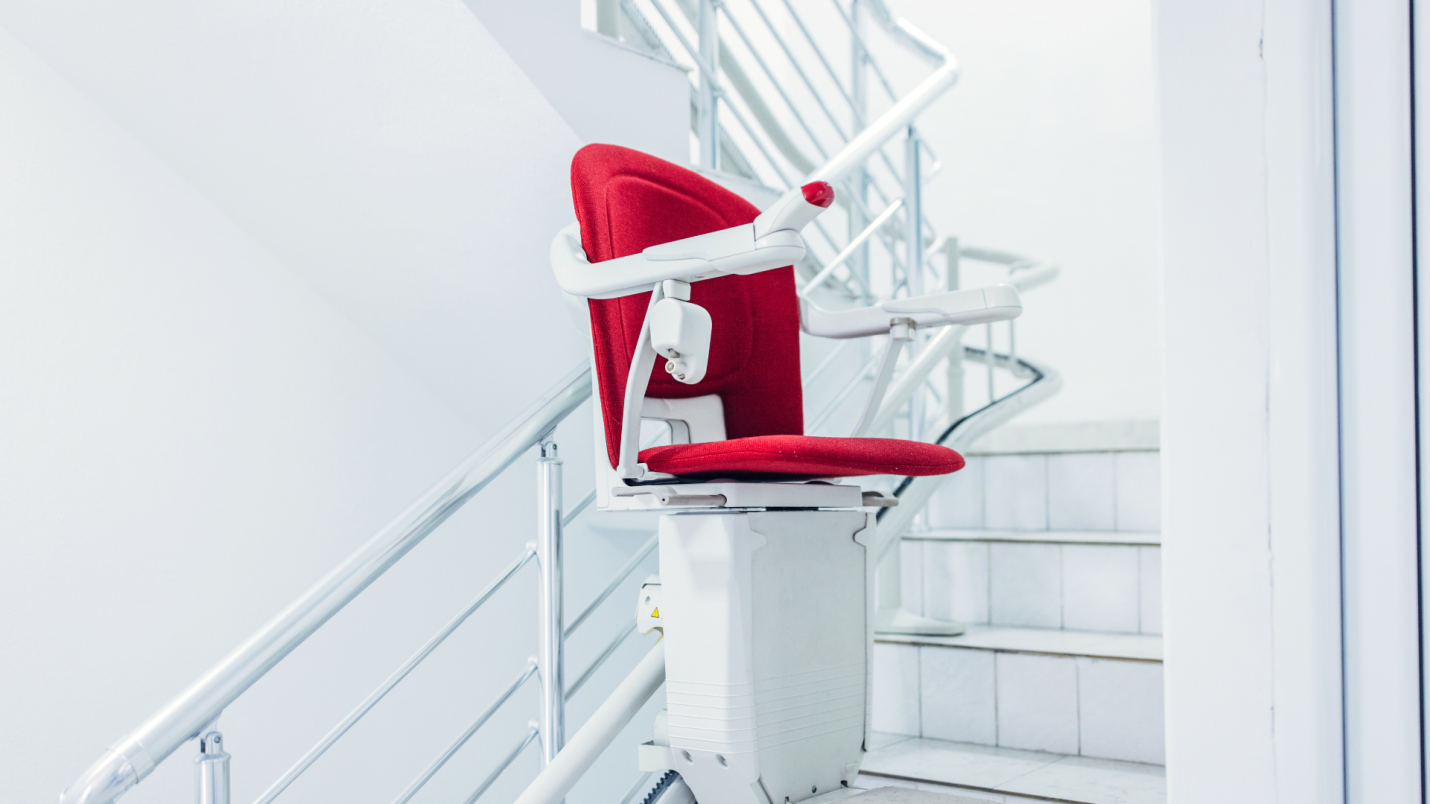Tips for Maintaining Your Stairlift Year-Round

A stairlift is more than a mobility aid—it’s a valuable investment in safety, independence, and comfort. Like any mechanical system, it requires regular care to keep it running smoothly and safely throughout the year. Routine maintenance not only extends the life of your stairlift but also ensures it functions reliably when you need it most.
Whether you live in a region with changing seasons or simply want to keep your equipment in top shape, these six tips will help you maintain your stairlift year-round.
1. Keep the Track Clean and Free of Debris
The track is the most critical component of your stairlift. Dirt, dust, pet hair, or small objects can accumulate on the track over time, leading to unnecessary friction or even obstruction. To prevent buildup, regularly wipe the track down with a dry cloth or a lightly dampened microfiber cloth. Avoid using harsh cleaners or lubricants unless recommended by the manufacturer, as these could damage the track or attract more dust. Keeping the track clean ensures smooth and quiet movement while reducing wear on the motor and rollers. If your stairlift is installed in a high-traffic or pet-friendly household, consider cleaning it more frequently—once every couple of weeks is usually sufficient.2. Charge the Batteries Consistently
Stairlifts operate using rechargeable batteries, and consistent charging is key to keeping them ready for daily use. Most models automatically recharge when parked at designated charging points—usually at the top or bottom of the rail. Always ensure the lift is parked correctly when not in use to maintain optimal battery health. If your home experiences frequent power outages or you’re leaving for an extended period, it’s wise to check that your backup battery is fully charged or unplug the stairlift and turn off the power to preserve battery life. Batteries typically last 2–5 years depending on usage and care. If you notice the stairlift moving slower or not completing a full trip, it may be time to replace the batteries.3. Inspect the Seat, Armrests, and Safety Features
Comfort and safety go hand-in-hand when using a stairlift. Over time, seat cushions, armrests, seat belts, and swivel mechanisms may loosen or show signs of wear. Inspect these components regularly for stability and cleanliness. Make sure the safety belt locks and retracts correctly, the seat swivels smoothly, and the footrest folds properly. Any loose or malfunctioning parts should be addressed immediately to prevent risk of injury. If your stairlift has a remote control or call/send buttons, test these at least once a month to make sure they’re responsive and the batteries are working.4. Watch for Unusual Noises or Movement
A well-functioning stairlift should glide up and down the track smoothly and quietly. If you begin to notice unusual noises—such as grinding, clunking, or jerking motions—this could be a sign of mechanical wear or an alignment issue. Don’t ignore these warning signs. Contact a professional technician promptly to inspect and resolve the issue before it becomes a costly repair. Early detection can prevent further damage and extend the lifespan of your stairlift. If you recently had someone install a stairlift, it’s especially important to keep an eye (and ear) on the performance during the first few weeks, as initial adjustments may be needed after installation.5. Schedule an Annual Professional Service
Just like a car or HVAC system, your stairlift benefits from an annual check-up. Many manufacturers recommend an annual or biannual service by a qualified technician to keep everything in proper working order. During this service, the technician will:- Check for any loose wiring or mechanical wear
- Lubricate moving parts if required
- Inspect safety sensors and batteries
- Test all functions to ensure compliance with manufacturer standards
6. Prepare for Seasonal Changes (If Applicable)
If your stairlift is installed in an area that is affected by temperature changes—like a garage or sunroom—it may require additional attention during extreme weather. Cold temperatures can reduce battery performance, while excessive humidity might lead to corrosion or electrical issues. In these cases:- Ensure the space is properly ventilated or heated if possible
- Avoid exposing the stairlift to rain or snow
- Check the track more frequently for moisture or rust buildup














